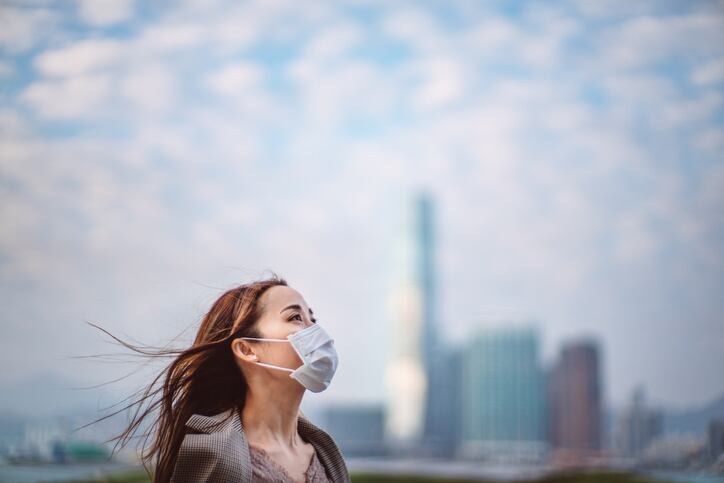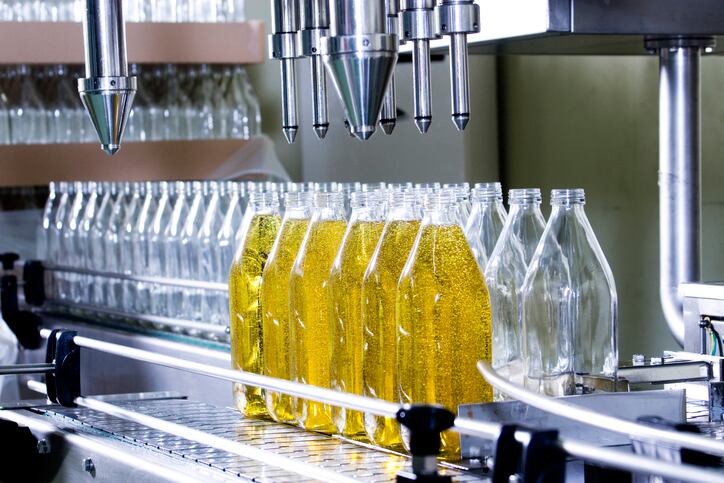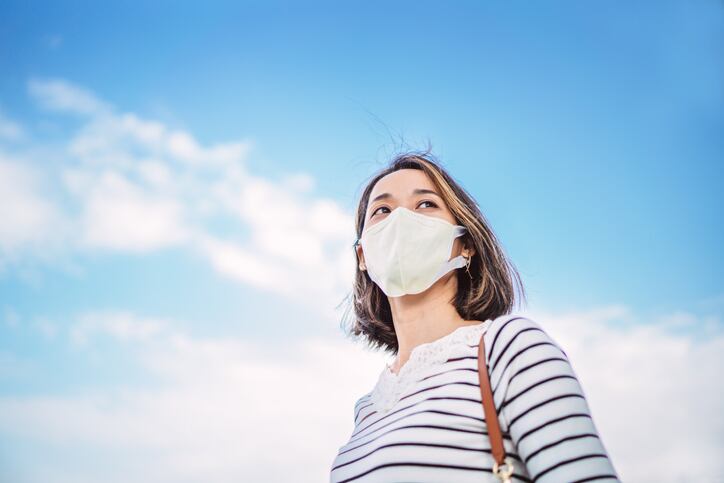Writing in the British Journal of Dermatology, researchers from Germany investigated the effects of exposure to urban and industrial pollution on human skin, looking at whether skin darkened after exposure – proven to be the case already in several animal species like pigeons, moths and sea snakes.
Using a combination of ex vivo research, with human skin tissue taken during operations, and in vivo experiments conducted on healthy volunteers, the team looked at the impact of diesel exhaust particles on the skin. They also then investigated whether certain topical cosmetic products offered any protection.
The research was funded by an unrestricted grant from German-headquartered personal care major Henkel, with one of the researchers an employee at Henkel Beauty Care and another serving as an advisor for Henkel. The study was also partially funded by a grant from L’Oréal-owned SkinCeuticals Inc.
Protective response? ‘Compelling mechanistic evidence’ of melanogenesis
Findings from the ex vivo and in vivo experiments showed evidence of increased oxidative stress, a recognised damage mechanism, after diesel exhaust particle (DEP) exposure along with subsequent darkening of the skin.
“This work shows that urban pollution, similar to sunlight, can increase skin pigmentation in humans, which may be a protective response, and this work also suggests a mechanism for this response,” the researchers wrote.
Writing in a linked study, published in May 2021 a few months ahead of this latest paper, the researchers said: “Repetitive topical application of noncytotoxic concentrations of ambient relevant diesel exhaust particles [DEP] cause a tanning response in human skin (…) This study thus identified traffic-related air pollution as a previously unrecognised environmental factor which, similar to natural sunlight, is capable of increasing melanogenesis in human skin.”
“…This study provides compelling mechanistic evidence that DEP – as a prime example of traffic-related air pollutants, similar to solar UVR [Ultraviolet radiation] – can cause a tanning response in human skin by stimulating melanogenesis,” they wrote.
A human ‘defence strategy’ against air pollution
The researchers said that in the case of ultraviolet radiation (UVR), the increase in melanin served mainly to protect epidermal keratinocytes against UVR-induced DNA mutagenesis, and the response to air pollution was similar.
“Given that oxidative stress mediates air pollution-induced skin pigmentation and that eumelanin has antioxidant properties, we propose that air pollutant-induced melanin synthesis serves to protect human skin against subsequent air pollution-induced oxidative stress and thus – similar to UVR-induced skin pigmentation – represents a defence strategy in human skin,” they wrote.
“…We believe these observations to be very important because they identify air pollution in additional to solar radiation as a potent regulator of the tanning response of human skin.”
The increasing skin melanin in response to air pollutants, they said, might serve to bind pollutant-associated trace elements that were then shed with normal skin-shedding cycles. “Evidence for such a mechanism has been provided by the sea snake E. annulatus, indicating that air pollution-induced pigmentation of human skin represents an evolutionary conserved defence strategy. In these snakes, living in polluted water is not only associated with an increase in melanin content and in melanin-bound trace elements in shed skin, but also with an increased shedding frequency.”
For humans, however, the researchers said it “remains to be determined” whether air pollution also affected flaking of the skin or ‘quame’.
Cosmetic topicals for protection and ‘anti-pollution claims’
In a second part of the study, the researchers demonstrated how skin darkening was “partly prevented” by applying a cosmetic preparation containing three known antioxidants ahead of DEP exposure: vitamin C, vitamin E and ferulic acid.
These active ingredients, the researchers said, had already been shown to prevent ultraviolet radiation-induced oxidative stress responses in skin, but had now been shown to do the same against air pollution-induced oxidative stress. The ex vivo studies showed skin pigmentation was “significantly reduced” with pre-treatment of this topical and the in vivo research corroborated these findings, they said, with a double-blind clinical study of 20 human volunteers.
Use of the ‘Düsseldorf Pollution Patch Test’ during the in vivo skin model testing, where a standardised mixture of DEP was released topically in a repetitive manner, could therefore also be used in future to “assess the efficacy” of cosmetic products with anti-pollution claims, the researchers said.
Source: British Journal of Dermatology
Published online ahead of print November 2021, doi: 10.1111/bjd/20726
Title: “Air pollution causes skin darkening”
Authors: Grether-Beck et al.
Linked study source: British Journal of Dermatology
Published online ahead of print May 2021, doi: 10.1111/bjd.20483
Title: “Air pollution-induced tanning of human skin”
Authors: Grether-Beck et al.




